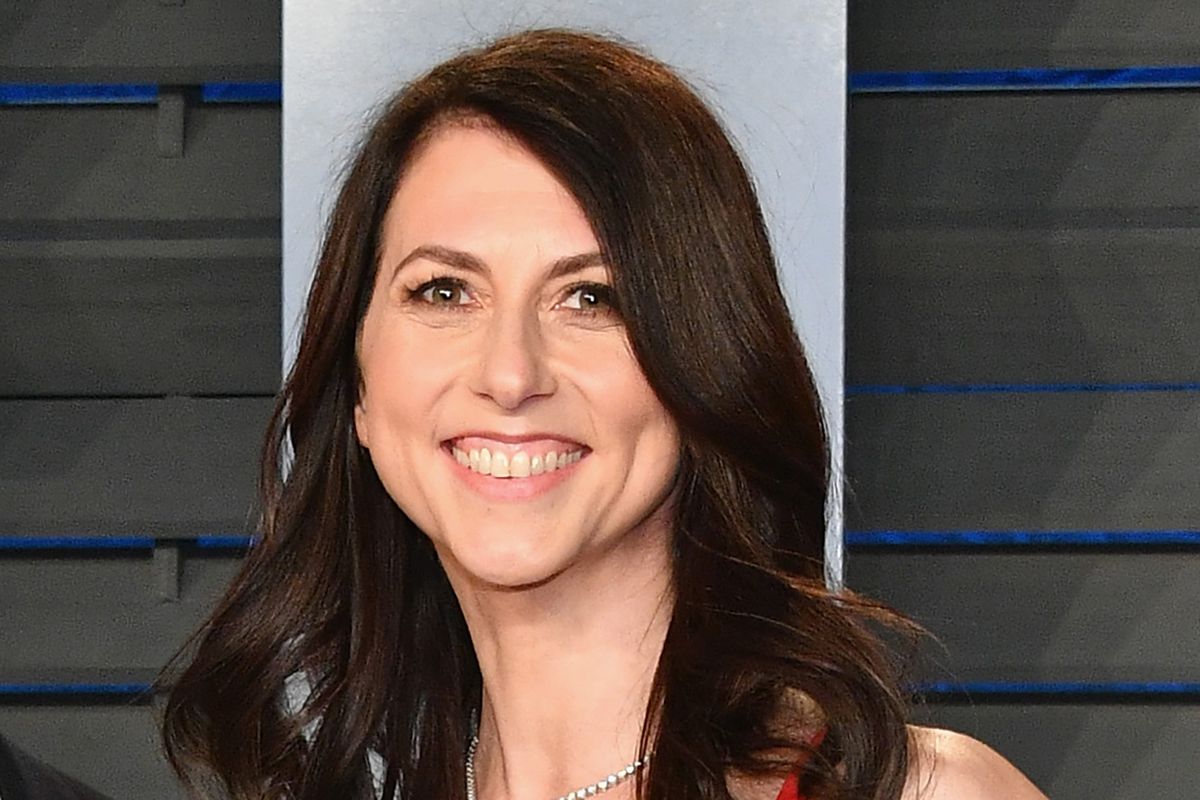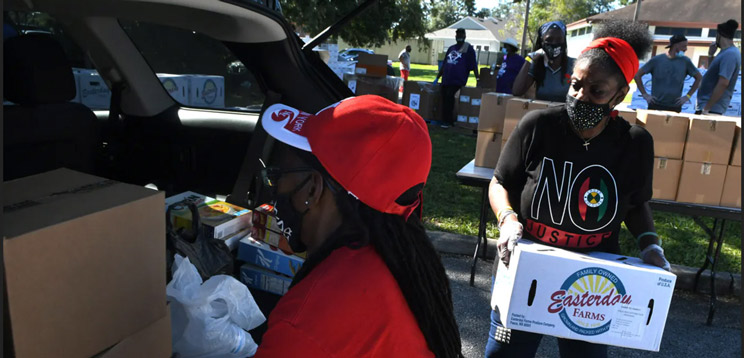On the same day that Giving USA came out, MacKenzie Scott announced another tremendous series of donations that articulated a moral vision about “empowering voices that need to be heard more.”
Her compelling goal reminds us of Bob Payton’s contention that philanthropy reflects our moral imagination. She also quotes from the poet Rumi, reminding us of Albert Camus’s line that true generosity to the future means giving everything to the present.
If Americans could come together to write a collective manifesto, following Ms. Scott’s example, what would it say?
When we and our Giving USA Foundation partners release Giving USA, which estimates the collective giving of all Americans, most of the attention goes to understanding financial flows among donors and recipients and how amounts given and received have moved over time.
It is not unlike announcements of GDP or the unemployment numbers, leading to interpretations of what they mean for the national economy or the localities in which we work and live.
What are the narratives that animate the numbers we gather for Giving USA, the most long-standing, rigorous measure we have of our civic life as expressed through giving? I asked the chair of the Giving Institute, Ted Grossnickle, to help us understand the genesis and ongoing rationale for the study, which, in its 66th year, is two-thirds as old as our GDP:
“There was a sense among those who helped to guide many regional and national campaigns in the 1950s that all of them were in fact laboring in the same vineyard, that many nonprofits and those who gave to, served them and counseled them, would benefit from shared intelligence to advance the common good. Yet there was not such shared regular review of just how generous Americans were. That was the genesis for Giving USA’s annual report. In 2021, the need is more urgent than before.”
After the media coverage subsides, much of the conversation around Giving USA centers on fundraising. It is one of the functions that is shared by the great diversity of the 1.6 million nonprofit organizations in America, ranging from well-endowed universities to the smallest local initiatives with no paid staff. But American donors are even more numerous.
About 53 percent of Americans give to charity, according to our school’s Philanthropy Panel Study. Yet there is no widespread national conversation among donors to consider what it means that they are part of this national endeavor that generated a record $471 billion in giving in 2020.
Perhaps Scott is right that in our moment interest in wealth trumps interest in the impact and satisfaction of sharing with others. Ironically, she is one of the billionaires, of which there are some 700 in the United States, who have not only outsize wealth but also attract outsize attention when it comes to philanthropy.
Perhaps the billions are, as Scott says, “enabled by systems in need of change.” Going even further, Anand Ghiridaradas provides another salvo against the philanthropy of even the “best billionaire” whose model is said to mask, and provide public relations cover for, an exploitative system. I recommend Professor David Campbell’s even-handed overview of why Americans are “leery of billionaires.”
But Giving USA shows us that American giving is not all about billionaires. Maybe the fact that we have them or that we may soon have a trillionaire should disturb us, but it does not diminish the value that all donors and recipients generate through their millions of acts of giving and receiving that compose the aggregate numbers in the study.
And we should remember that the American story of generosity includes more than money as we have seen neighbors and strangers benefit from the many ways in which we offered kindness and concern for each other during the pandemic.
There is, however, a way in which Scott and other extremely wealthy Americans are a key part of our national story as donors. Were it not for her giving in 2020, the total of individual giving would have gone down last year.
This is also reflected in research from the Philanthropy Panel Study that shows a decrease in the number of American households who donate over time. Many nonprofits will confirm that their donations come from a smaller number of donors providing larger gifts.
A collective statement from America to accompany Giving USA would speak to the fact that those of us who are economically most like all the rest of us do not give as much as we had in the past. Giving financially, as part of who we are together as Americans, is waning. Why this is so is the subject of ongoing research and discussion, but some of it may have to do with how disconnected we feel from each other.
There is no shortage of accounts of how we are moving apart. George Packer has a new book, a key chapter of which, about how there are four Americas, is summarized in the current issue of The Atlantic. And in his new book, The Constitution of Knowledge, Jonathan Rauch depicts a country that cannot even agree on what is truth and how to find it.
Certainly, some of the giving we are doing as Americans is exacerbating divisions among the four Americas and seeding confusion about common facts and shared understandings.
This is why we should welcome more robust conversations and statements like Scott’s, about why giving itself is important and why we engage in it. Giving is something we all do in some way, even when we are bitterly opposed to each other. It is a vital ingredient in our civic lives, even as it blends into our political lives through acts of advocacy and protest.
But for now, America’s collective manifesto for giving remains dispersed on notes, in diaries, in posts, and in fleeting conversations. How would these strands of generosity, of which Giving USA estimates the dollar amount, weave together to create a story of American giving where we could all see ourselves?
I bet that some of our readers are working on it right now.
Best regards,

Amir Pasic
Eugene R. Tempel Dean



